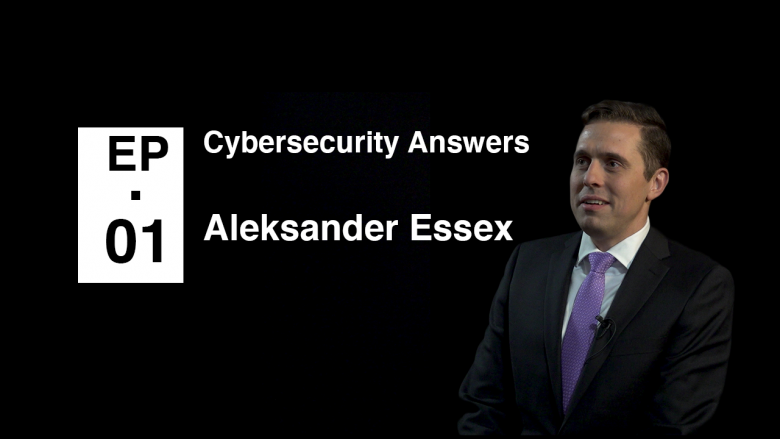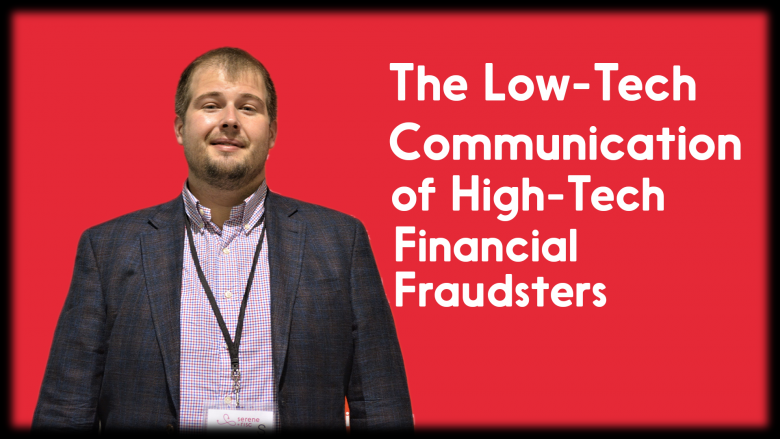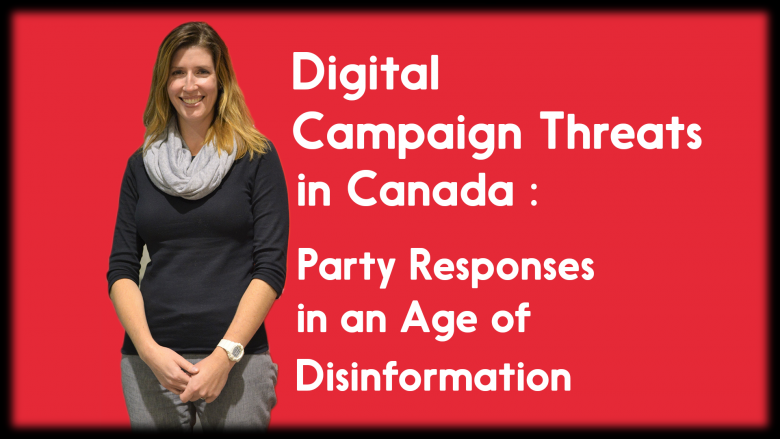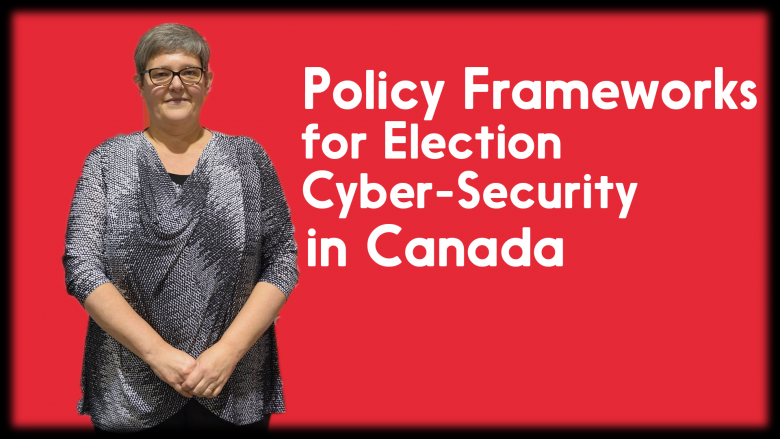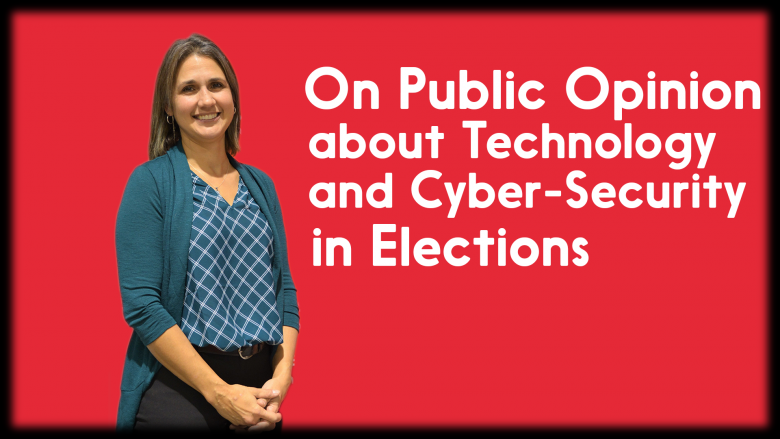We all have questions, but who are the people with the answers for Cybersecurity. In this series we sat down with academics and experts to ask them about how they got started, what they are researching now, their lessons for us and the future. In this video, Aleksander Essex, Associate professor of software engineering …
Ayeleso Emmanuel Celestine and Parsa Vafaie from the University of Ottawa presented their analysis of data from the Statistics Canada Cybercrime Survey at our 2019 Workshop in Ottawa. This was as part of a competition aiming to better align recent evidence and statistics with best practices for business. Participants thoroughly examined the data from Statistics …
Mahreen Naisir, Fahan Mahmood and Vipul Malhortra from the University of Windsor presented their analysis of data from the Statistics Canada Cybercrime Survey at our 2019 Workshop in Ottawa. This was as part of a competition aiming to better align recent evidence and statistics with best practices for business. Participants thoroughly examined the data from …
Much case has been made of the use of sophisticated anonymity tools by financial fraudsters that hack financial institutions and steal personal and financial information. Our past research has shown that these technologies were used to protect the fraudsters’ privacy and to facilitate their attacks against financial institutions. Our latest interactions and analysis of the …
While dealing with interconnected and global risks, the cyber-insurance market is intensely growing. This market is a creature of privacy and data security regulations, and mandatory breach notifications have shaped its business model. Market stakeholders suggest that cyber-insurance provides incentives and resources to insured organizations for improving cybersecurity. This presentation seeks to empirically test this …
We have seen an increase in supply chain attacks in the past few years. Some of these attacks have something in common: they involve a compromised Linux server to distribute malware or act as C&C server. This presentation will use real world case studies: the Transmission BitTorrent client distributing OSX/Keydnap; the M.E. Doc compromise responsible …
This presentation reported on results from the examination of interference using disinformation through digital platforms. Its methods relied on media monitoring (both traditional media and social media) and interviews with party strategists. The aim was to detail the main instances of disinformation and other digital threats, and to analyze how each of the major parties …
About the speaker Dr. Helen Tang is a senior Defence Scientist and Portfolio Manager with Innovation for Defence Excellence and Security (IDEaS), Defence R&D Canada Ottawa. She received her Ph.D. in Electrical Engineering from Carleton University in 2005. From 1999 to 2005, she worked in several R&D organizations in Canada and the USA including Alcatel-Lucent, …
Compelling evidence of foreign cyber-interference in the 2016 US Presidential election campaign has prompted a robust policy response in Canada at the federal level. This presentation will review legislative changes, the critical incident contingency plan, and initiatives to promote voters’ resiliency, and offer an early evaluation of their implementation in the 2019 campaign. About the …
About the speaker Laura Stephenson is a Professor of political science at the University of Western Ontario. She co-directs the Consortium on Electoral Democracy (C-Dem). She specializes in the study of political behaviour, both Canadian and comparative. Her research is focused on understanding how institutions and context influence attitudes, electoral preferences and engagement with politics. …

